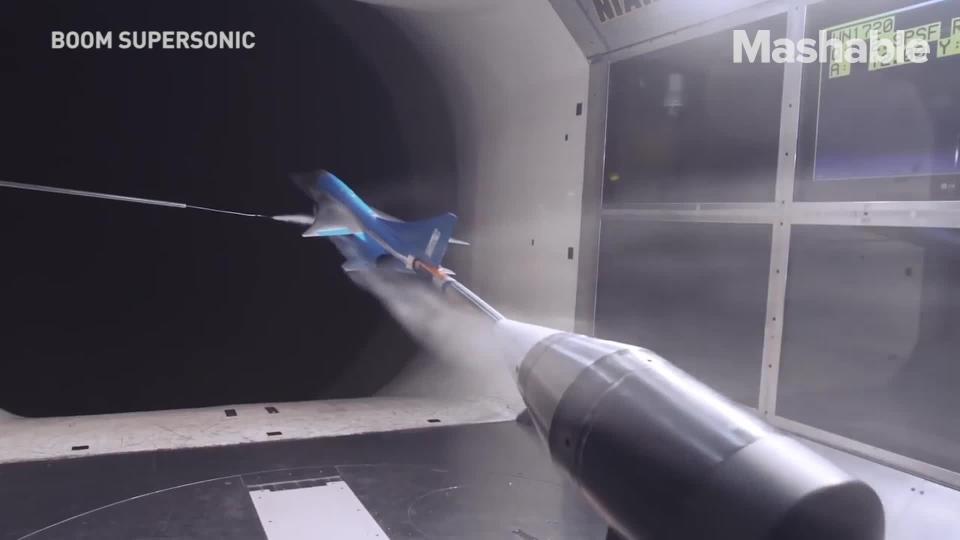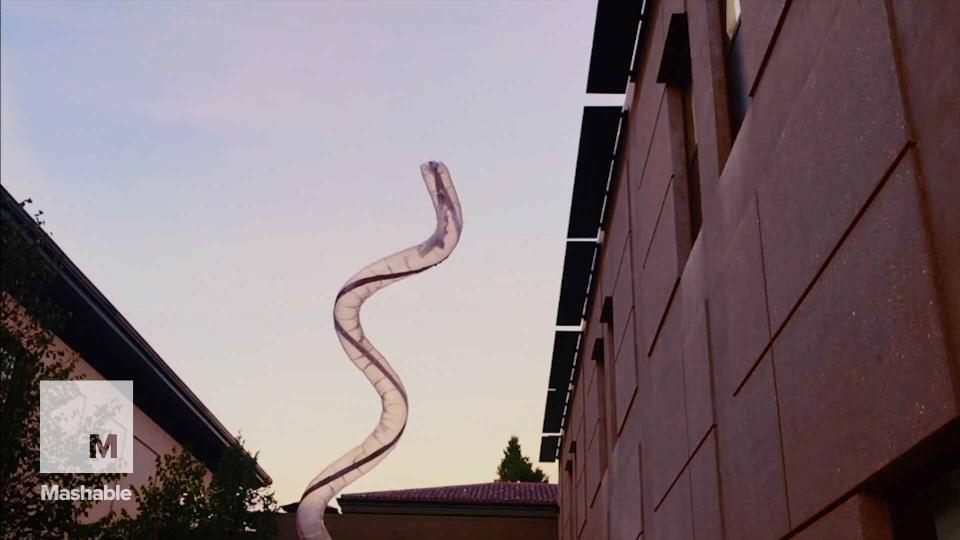Your flight times could be cut in half thanks to NASA's supersonic tech


NASA is working to bring supersonic speeds to commercial flights in the United States, which could cut travel times in half. The key? Keeping the noise down.
The agency has a design for a new supersonic jet meant to reduce the effects of sonic booms to a much less noticeable "quiet thump." It hopes to take bids from aircraft manufacturers starting in August to build a demo model, according to a Bloomberg report.
Sonic booms typically occur once a plane pushes beyond 660 mph and breaks the sound barrier, causing disturbances all the way down on the ground below. The phenomenon was one of the major reasons the super-fast transport was largely banned over U.S. soil back in 1973.
NASA's jet design, which was created with the help of Lockheed Martin and successfully tested in a small model format recently, could play a part in finally bringing supersonic speeds to overland flights by minimizing the shockwaves produced by supersonic flight. The agency has a budget of nearly $400 million for the project over five years as it aims to construct a large demo vehicle, the "X-plane," for trial flights over populated areas.
SEE ALSO: Delta's new program will let you use your fingerprint to board your plane. But there's a catch.
Peter Coen, the project manager of NASA's commercial supersonic research team (seen below), told Bloomberg that his team is aiming for a sound level between 60 and 65 A-weighted decibels (dBa), which is roughly as loud as the sound of a luxury car driving on the highway.
NASA plans to test the prototype X-plane in the airspace of up to six communities starting in 2022, according to the report. The agency will then share its design expertise and test results with major U.S. plane manufacturers to encourage the development of the supersonic tech.
One of those manufacturers is Boom Jets, a startup looking to democratize supersonic travel through lower seat costs that counts Virgin CEO Richard Branson as a major backer. The company has reportedly secured reservations for 25 of its next-gen supersonic jets and could wind up servicing Dubai and other international locations. Boom only plans to offer transoceanic routes under current regulations — if the ban is lifted however, the company would be able to fulfill its promise for flights across common domestic flight paths like New York to Los Angeles.
WATCH: An incredible new robot inspired by vines can grow 25,000 times its original size


